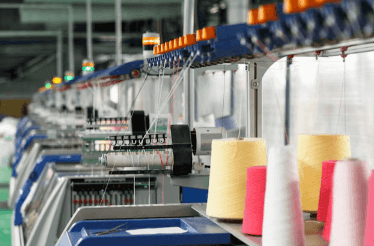Question
a.
1.49
b.
1
c.
4.88
d.
none of these
Posted under Heat Transfer Basics Basic Chemical Engineering
Interact with the Community - Share Your Thoughts
Uncertain About the Answer? Seek Clarification Here.
Understand the Explanation? Include it Here.
Q. 1 BTU/hr.ft.°F is equal to __________ kcal/hr. m.°C.
Similar Questions
Explore Relevant Multiple Choice Questions (MCQs)
Q. Heat transfer by radiation between two bodies at T1 & T2 and in an ambient temperature of Ta°C depends on
View solution
Q. The ratio of momentum diffusivity to thermal diffusivity is the __________ number.
View solution
Q. For a perfectly transparent surface (like gases), the
View solution
Q. Water is normally used as a coolant in the heat exchange equipments mainly because of its
View solution
Q. The rate of emission of radiation by a body does not depend upon the
View solution
Q. Which of the following has maximum thermal conductivity at the same temperature?
View solution
Q. Maximum heat transfer rate is obtained in __________ flow.
View solution
Q. In case of __________ boiling, the liquid temperature is below the saturation temperature and the boiling takes place in the vicinity of the heated surface.
View solution
Q. The ratio of velocity head to tube side return loss in case of a multipass shell and tube heat exchanger is
View solution
Q. Terminal point temperature differences between fluids in case of a heat exchanger is termed as
View solution
Q. LMTD can't be used as such without a correction factor for the
View solution
Q. Fqra cold viscous feed, backward feed gives __________ than forward feed.
View solution
Q. Walls of a cubical oven are of thickness l, and they are made of material of thermal conductivity k. The temperature inside the oven is 100°C and the inside heat transfer co-efficient is 3k/l. If the wall temperature on the outside is held at 25°C, what is the inside wall temperature in degree centigrade ?
View solution
Q. The characteristic dimensionless groups for heat transfer to a fluid flowing through a pipe in laminar flow are
View solution
Q. Heat transfer rate described by Fourier's law will decrease, if the __________ increases.
View solution
Q. A black body does not __________ radiation.
View solution
Q. The capacity of double-effect evaporator is less than half of the capacity of two single effects, each of which is operating over same terminal temperature difference, when the
View solution
Q. Peclet number (Pe) is given by
View solution
Q. Nusselt number is the ratio of the
View solution
Q. Prandtl number is the ratio of
View solution
Recommended Subjects
Are you eager to expand your knowledge beyond Basic Chemical Engineering? We've handpicked a range of related categories that you might find intriguing.
Click on the categories below to discover a wealth of MCQs and enrich your understanding of various subjects. Happy exploring!








